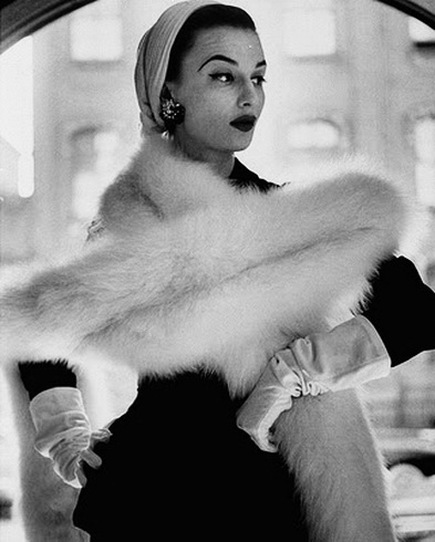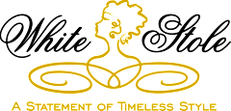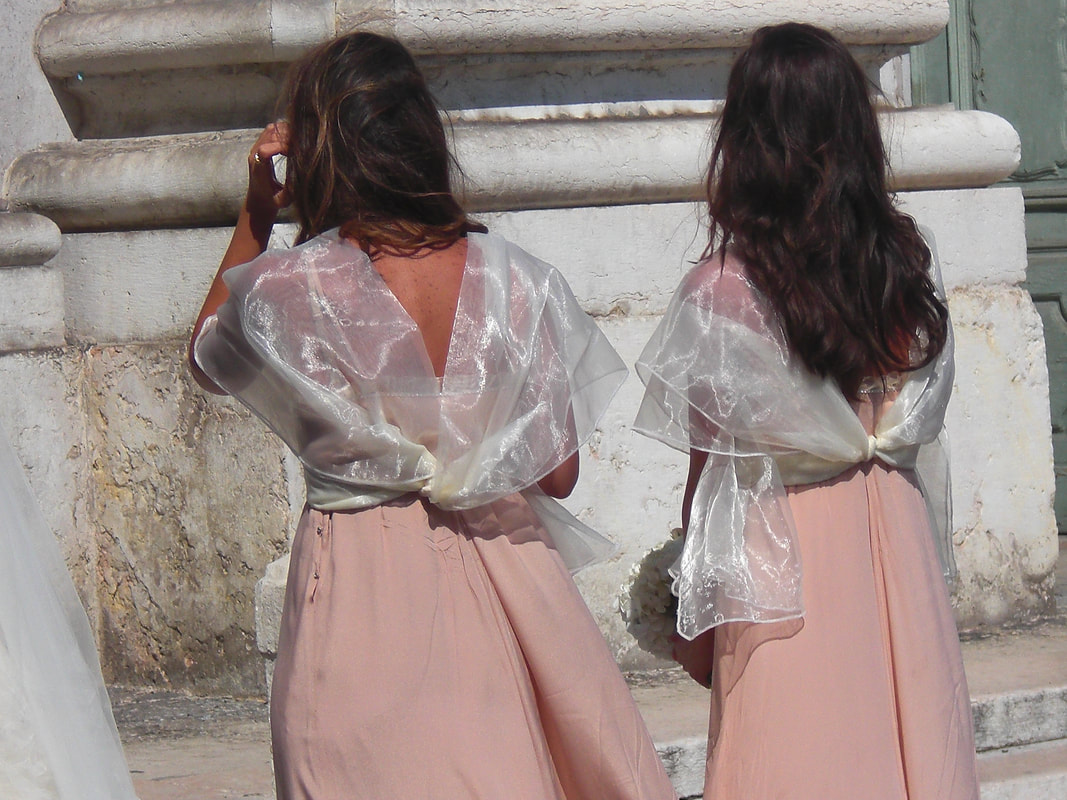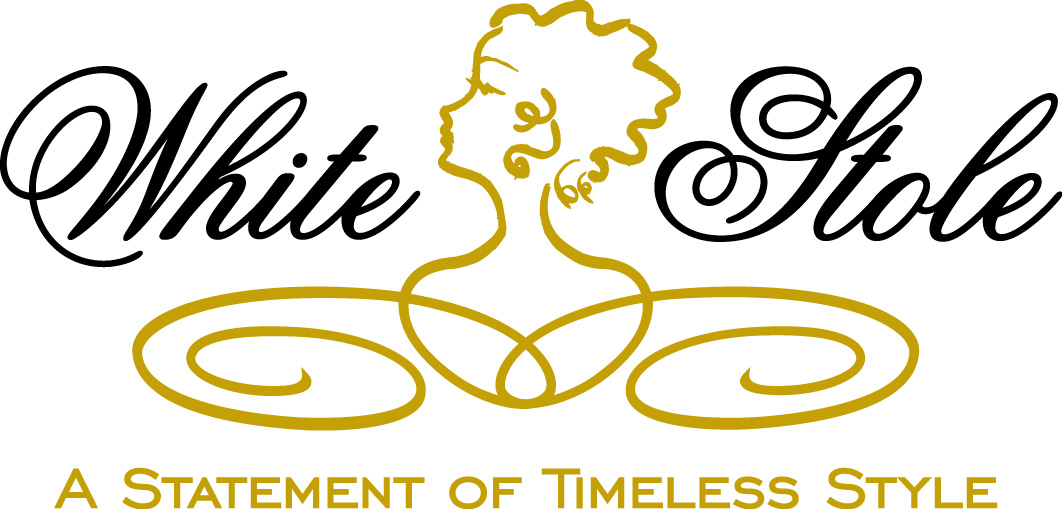
From 1847 Italy onward, the founding fathers of the fur industry read like cases of fine wine: Matti, Viscardi, Carinato, Chiovato, Pellegrini, Melloni, Bolzano and many others. Jole Veneziani moved ahead with her progressive designs alongside Rivella and Schettini. The trend increased as Rossini, Porro and Naldoni brought Stoles into both sporting as well as elegant realms for the public. Giovanni Battista Giorgini’s shows at Villa Torregiani in Florence in 1951 helped launch the glory years of Haute Couture. By 1958, the leading Couturier names of Capucci, Fabiani, Fendi and Valentino spelled Stole elegance into the 60’s and beyond.
Regardless of the name reference, the beginning Italian history of the enthusiasm for women’s Stole fashion began with a few leading men and women, though none so famous as Rivella, who founded his fur fashion house in 1868 and put a personal touch to the endless designs of Cape Stoles of the period – whether having a special collar, or a braided effect like that of a knitted pullover. In 1958 he created a wedding dress so perfect that the fur blended into the fabric, giving it a Mikado effect. Rivella became a leading name in the new Made in Italy label.
In Paris, the French fashion houses held fast during WWII with Fourrures Max, the most important pre-war furrier, and shortly after liberation Revillon, Freres, Fath, Molyneux, Chanel, Rouff and Schiaparelli continued with fur fashion that never entirely went away during the war, though it was confined to a very select public. By 1947 Dior, Balmain and Balenciaga propelled fur fashions to the strata that ensured they were due to last.
View White Stole’s entire collection for size color ranges of Stoles, Stole Wraps, Vintage Stoles, Stole Capes and Shawls for purchase, or rental, on our website.

 RSS Feed
RSS Feed











